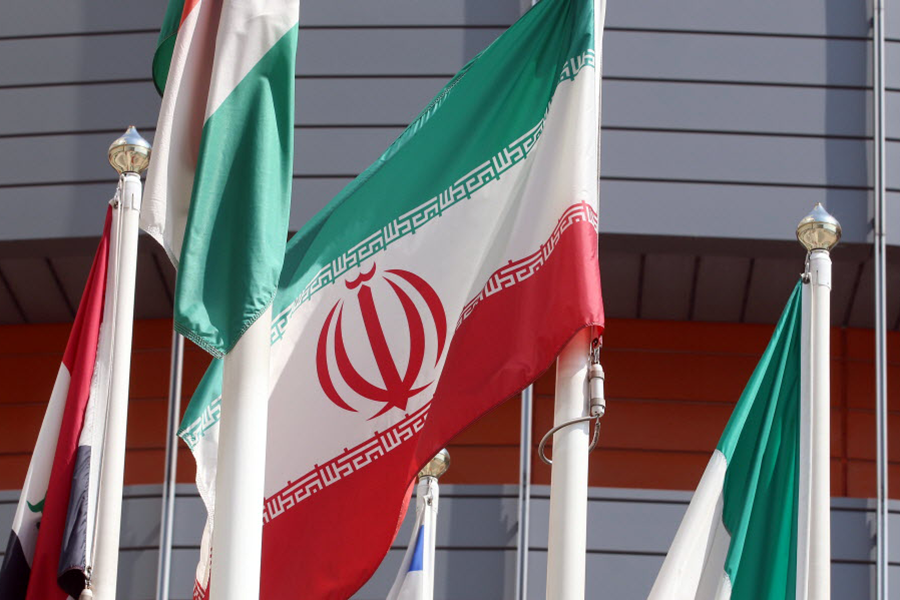Iran nuclear talks: 3 issues that must be resolved for an accord this month
Loading...
| Washington
It’s crunch time for the high-stakes international talks that aim to put a verifiable cap on Iran’s nuclear program and ensure that Tehran can’t make a rush to get a nuclear weapon.
The parties to the talks – Iran in one corner, six world powers including the United States in the other – returned to the negotiating table in Vienna Wednesday. They’re likely to carry on marathon negotiations over the next two weeks and right up to a July 20 deadline.
But after years of on-and-off talks – during which Iran has advanced closer to assembling the building blocks of an atomic bomb that it insists it doesn’t want – the two sides remain far apart on key issues. Each side is calling on the other to take the big steps necessary to make a comprehensive agreement possible.
Secretary of State John Kerry said in an opinion piece in The Washington Post earlier this week that Iran can make the right “choices” to prove its nuclear program is peaceful – or “international sanctions will tighten and Iran’s isolation will deepen.” Iran’s foreign minister, Mohammad Javad Zarif, took to YouTube Wednesday to tell the world that Iran is ready to take steps to peace but will not “kneel in submission” to world powers to reach an agreement.
The outstanding points are complex, and politics on both sides – particularly in Iran and the US – could still get in the way of a deal. Here are three key elements that the parties have to resolve to get a July 20 accord.
• Uranium enrichment. The breakthrough for Iran in an interim agreement reached in November was recognition of Tehran’s right to enrich uranium. But the trick of a comprehensive agreement will be verifiably limiting the “size and scope” of Iran’s enrichment program, says Daryl Kimball, executive director of the Arms Control Association in Washington.
Here the two sides are playing a numbers game – as in how many centrifuges (the machines used to spin uranium to higher purity) Iran should be allowed to operate.
Currently, Iran has more than 9,000 centrifuges spinning, with about another 10,000 assembled but not operating. But the Obama administration – which wants to limit the “breakout time” for Iran to create enough enriched uranium to deliver what is needed to fuel a nuclear bomb – seems unlikely to go above perhaps 4,000 operating centrifuges.
The US says Iran doesn’t need more than that if its repeated insistence that it wants nothing more than a peaceful civilian power program is genuine. Other world powers agree – in particular because in the case of the Bushehr nuclear reactor, which Russia is building in Iran, the Russians have agreed to provide the fuel needed to operate the plant until 2021.
So far, however, Iranian officials are emphasizing their country’s desire for a “sovereign” nuclear program and say there is no way they can accept a cutback in the number of centrifuges already spinning.
Call it the centrifuge gap that won’t be easily remedied.
• The Arak nuclear reactor. The international community has worried for years about Iran’s project for a heavy-water reactor at Arak because of its potential to produce plutonium – another means of fueling a nuclear weapon.
The discord over Arak may actually be more easily addressed than the enrichment issue, some say. For one thing, Iranian officials have hinted that Iran could accept technical modifications to the project – still more than a year from completion – to reduce its proliferation capability. According to some nonproliferation experts, those modifications could include reducing the power of the reactor, currently designed to be a 40-megawatt reactor, and altering the fuel it would use to operate.
Such modifications would reduce the reactor’s plutonium output and thus presumably reduce international concerns. But even if such modifications could be agreed upon, experts say a new concern would be ensuring that the modifications are permanent, or at least not easily reversed.
• The duration of a comprehensive agreement. Not the least of the gaps between the two sides is one over just how long a comprehensive agreement would be in force. In fact, this could be the sleeper issue that dooms the reaching of a final agreement, says Henry Sokolski, executive director of the Nonproliferation Policy Education Center in Washington.
The US is advocating a 20-year accord, but Iran has talked about its preference for a deal with a shelf life of as little as three years – a time frame so short that it raises suspicions about Iran’s intentions. For example: Is Iran out for a short deal that allows it to get out from under harsh international sanctions and get its economy moving again – and then return to expanding its nuclear program in a few years?
But some Iran experts say Tehran’s preference for a shorter deal may be coming from Iran’s supreme leader, Ali Khamenei. The grand ayatollah is in his mid-70s and may be in power for only another five years or so. He may be very reluctant to sign off on a deal that would remain in effect well after his departure from power, those experts say.






